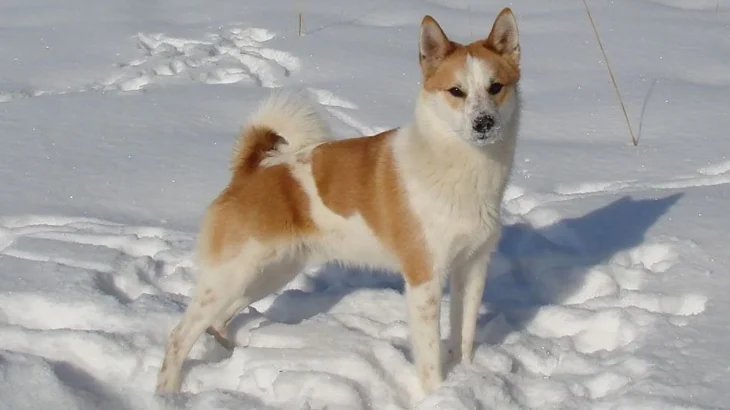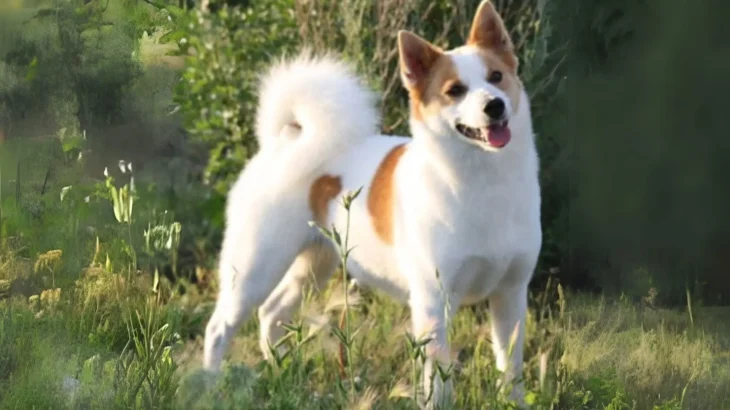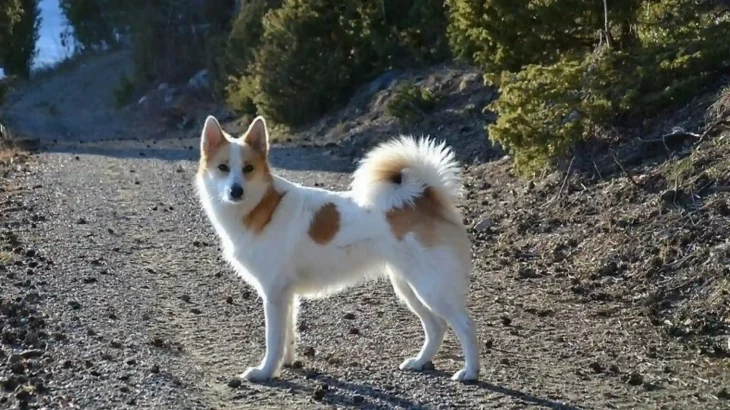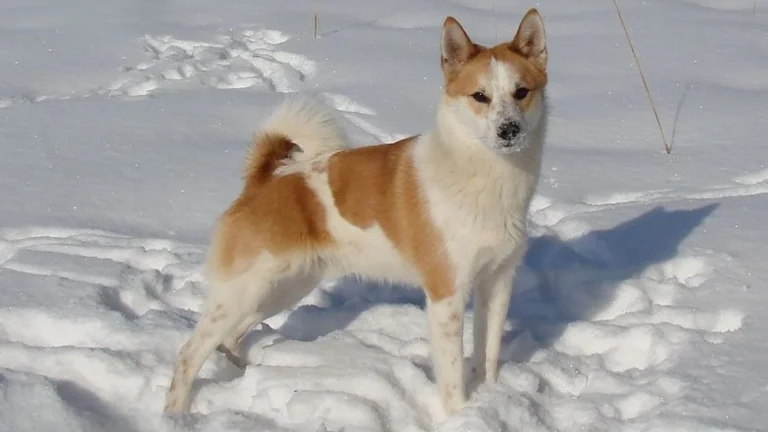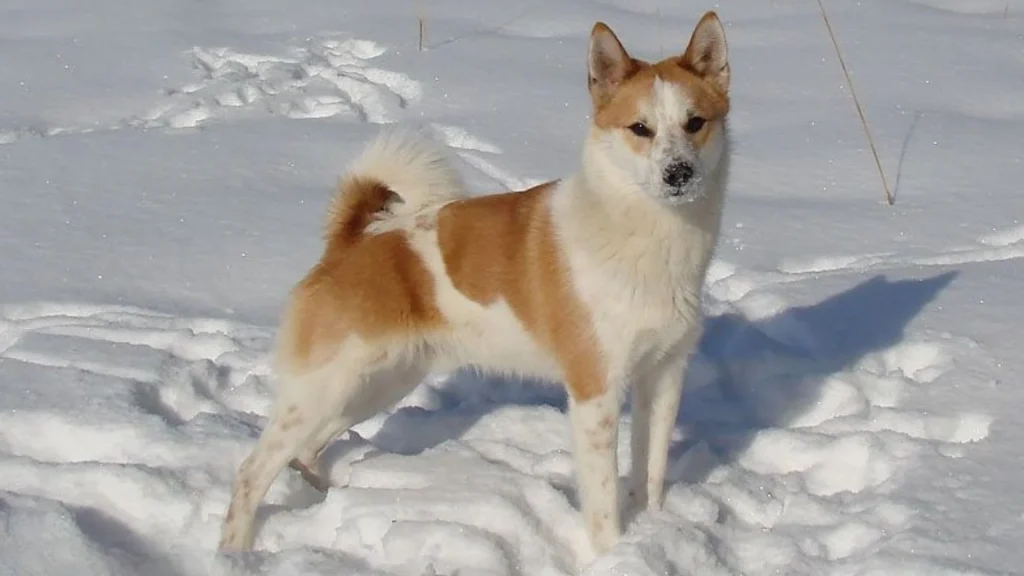When deciding whether to purchase a Norrbottenspets puppy from a breeder or to adopt one, it's important to weigh the benefits tied to the breed's health and history. Buying from a breeder often means access to detailed health records and predictable lineage, while adoption offers a chance to provide a home to a dog who might otherwise be waiting for a family.
Adoption vs. Breeder: Pros & Cons
| Criteria | Buying from Breeder | Adopting from Shelter/Rescue |
|---|---|---|
| Cost | Higher initial cost reflecting purebred status and breeder expenses. | Lower adoption fees, making it more budget-friendly. |
| Health History | Provides detailed health and genetic screening information. | May have limited or unknown health background. |
| Age Availability | Primarily puppies, ideal for raising from young age. | Range of ages available, including adults that may already be trained. |
| Temperament Insight | Breeders often offer insight based on lineage and early socialization. | Shelters provide behavioral observations, but full history may be unclear. |
| Ethical Considerations | Supports responsible breeding efforts but requires careful breeder selection. | Supports animal welfare by giving a home to a dog in need. |
| Breed Purity & Pedigree | Guarantees pedigree purity and breed standards. | Less assurance regarding purebred status or lineage. |

